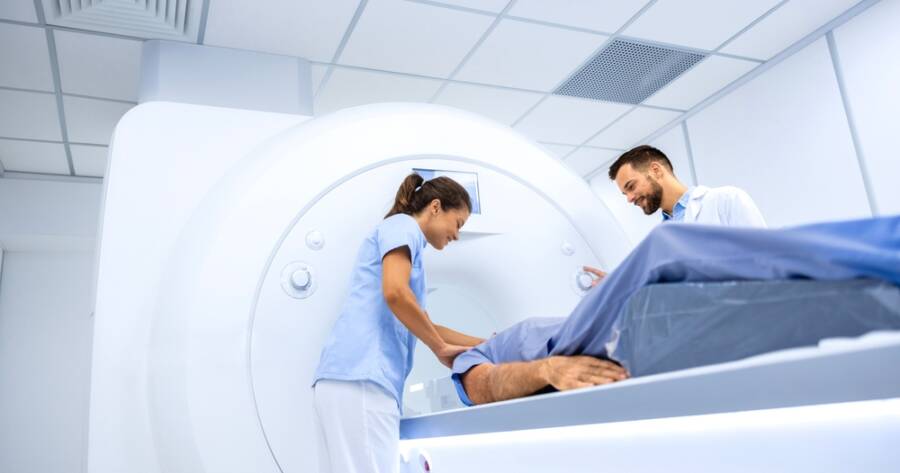Radiation therapy is a medical treatment that uses high doses of radiation to kill or damage cancer cells. It plays a crucial role in the management of various types of cancer, often used in conjunction with other treatment modalities.
What Is Radiation Therapy?
Radiation therapy, also known as radiotherapy, is a medical treatment that uses high doses of radiation to kill or damage cancer cells. It works by targeting the DNA within the cells, preventing them from growing and dividing.
This treatment can be administered externally through machines that direct radiation beams at the tumor or internally via radioactive substances placed near or within the tumor. Recent advancements in technology have improved the precision of radiation delivery, minimizing damage to surrounding healthy tissues.
In recent years, radiation therapy has become an integral part of cancer treatment plans, often used in conjunction with surgery and chemotherapy. The approach is tailored to the individual’s specific type of cancer, its stage, and overall health, making it a versatile option in oncology.
Benefits of Radiation Therapy in Cancer Treatment
Radiation therapy offers several benefits in the treatment of cancer. It can effectively shrink tumors, alleviate symptoms, and improve the quality of life for patients. For localized cancers, radiation may serve as a primary treatment, potentially leading to a cure. Additionally, it can be used as an adjuvant therapy to eliminate residual cancer cells post-surgery.
Recent studies have shown that radiation therapy can enhance the effectiveness of immunotherapy, providing a synergistic effect that boosts the body’s immune response against cancer. This combination approach has shown promising results in various cancer types, leading to improved patient outcomes.
How Radiation Therapy Targets Tumors Effectively
Radiation therapy targets tumors effectively through advanced techniques such as intensity-modulated radiation therapy (IMRT) and stereotactic body radiation therapy (SBRT). These methods allow for precise targeting of the tumor while sparing healthy tissue, reducing side effects. The use of imaging technologies, such as MRI and CT scans, further enhances the accuracy of radiation delivery.
Moreover, the timing and dosage of radiation can be customized based on the tumor’s characteristics and the patient’s response, optimizing treatment efficacy. Research continues to explore the best combinations of radiation with other therapies to maximize tumor control and minimize adverse effects.
Understanding Side Effects and Management in Radiation Therapy
While radiation therapy is a powerful tool in cancer treatment, it can also lead to side effects, which vary depending on the treatment area and dosage. Common side effects may include fatigue, skin irritation, and changes in appetite. Understanding these potential effects is crucial for effective management and support during treatment.
Recent advancements in supportive care have improved the management of side effects. Healthcare providers now emphasize proactive strategies, including nutritional support and symptom management, to enhance patient comfort and adherence to treatment plans. Ongoing research aims to further mitigate side effects and improve the overall patient experience.
Learn More About Radiation Therapy
Radiation therapy remains a vital component of cancer treatment, with ongoing research and advancements enhancing its effectiveness and safety. Understanding the intricacies of this treatment can empower patients and caregivers to make informed decisions. For those seeking more information, consulting healthcare professionals and accessing reputable cancer resources can provide valuable insights into the latest developments in radiation therapy.
